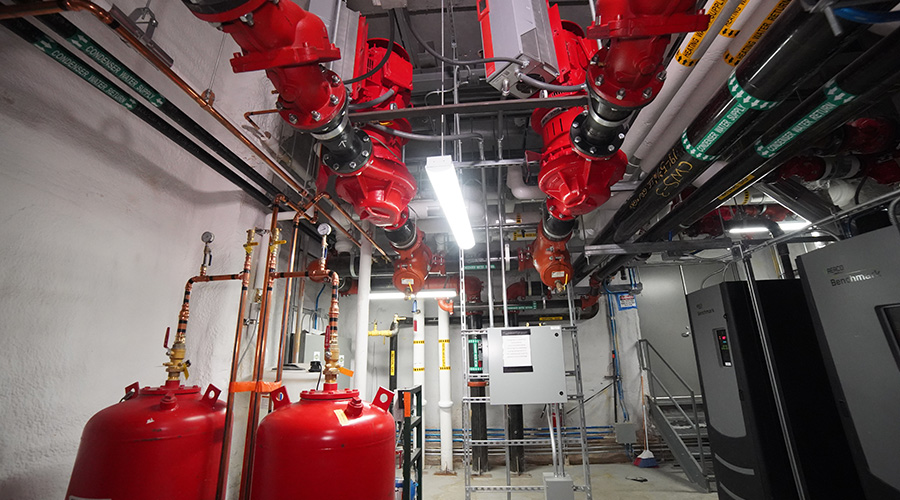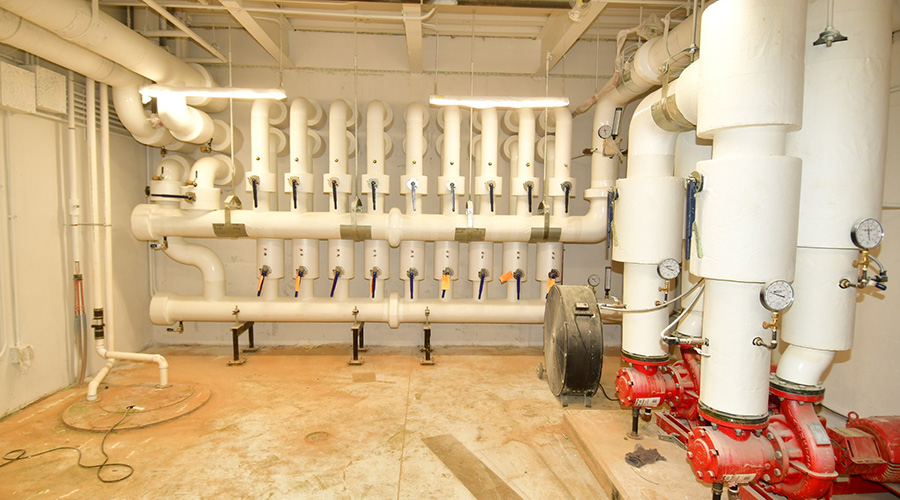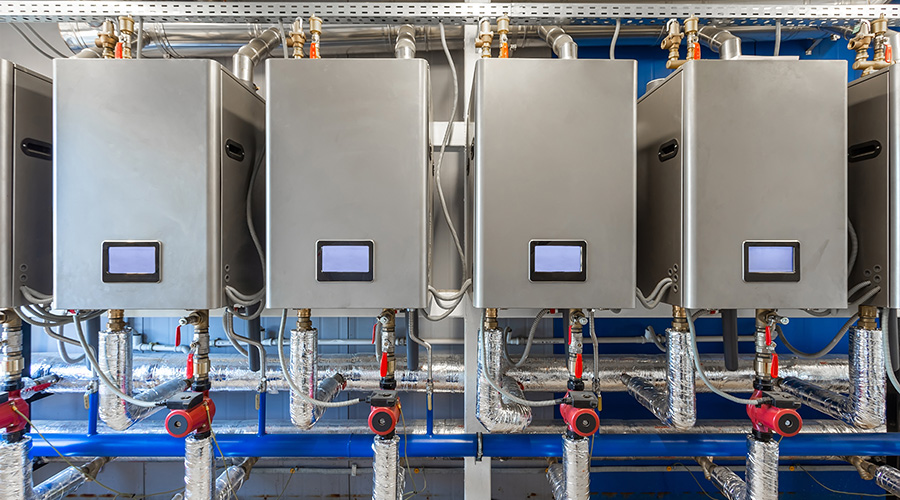Steps for Selecting Replacement Motors
Product Focus: Motors & Drives
Electric motors account for about 50 percent of annual electricity use in many institutional and commercial facilities. Since any reduction in energy use can translate into major savings, motor upgrades have become a primary focus of the efforts of maintenance and engineering managers seeking to reduce energy use and utility costs.
Upgrading motors comes with a price, though, as energy-efficient motors typically cost 10-30 percent more than standard motors. Managers also must be aware of other costs.
Identifying Requirements
The first step in selecting replacement motors is determining the actual load the system will place on the motor. Traditionally, designers and system operators oversize motor installations to avoid instances where motors are undersized. This decision leads to overheated motor windings, shortened service life, and inadequate system performance.
Oversizing allows managers to deal with unanticipated loads and losses in HVAC systems, and while oversizing can be necessary and beneficial, studies of HVAC motor applications show about 30 percent of motors run at less than 50 percent of rated load. This condition might help ensure longer service lives, but the penalty in additional energy costs more than negates the benefits of extending the service life.
Besides considering the horsepower requirement for an application, managers must determine the load’s torque requirement. Meeting the requirements for maximum load torque is only one part of the task. The motor also must be able to develop enough torque during start-up to accelerate the load from rest to its operating speed.
The motor also must meet other requirements, such as those for frame size and mounting dimensions. The voltage, frequency, and number of phases must match the power available for the motor. The motor windings must be rated for a temperature rise suitable for the application.
Failure to meet these requirements can significantly reduce the life of the motor’s insulation. The type of enclosure for the motor also must match the application’s requirements.
Another important factor managers too frequently overlook is the motor’s service-factor rating, which indicates the amount by which the motor can be overloaded for a short period of time without damaging its windings and other components.
Most motors carry a service factor of 1.15, meaning it can be loaded temporarily to 115 percent of its horsepower rating. The service factor does not indicate the motor can withstand these loads for an extended period. Even operating motors for moderate periods when overloaded likely will result in damage.
Related Topics:















